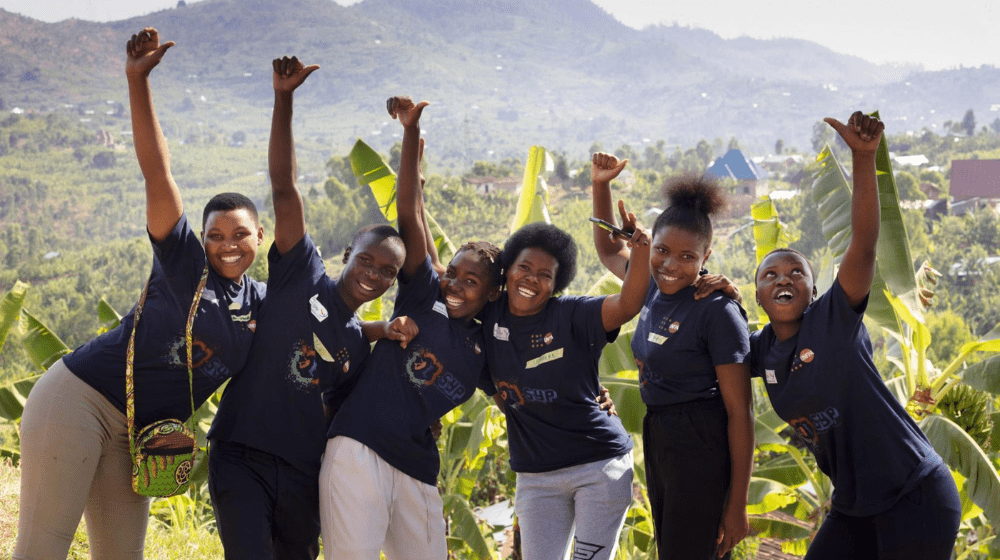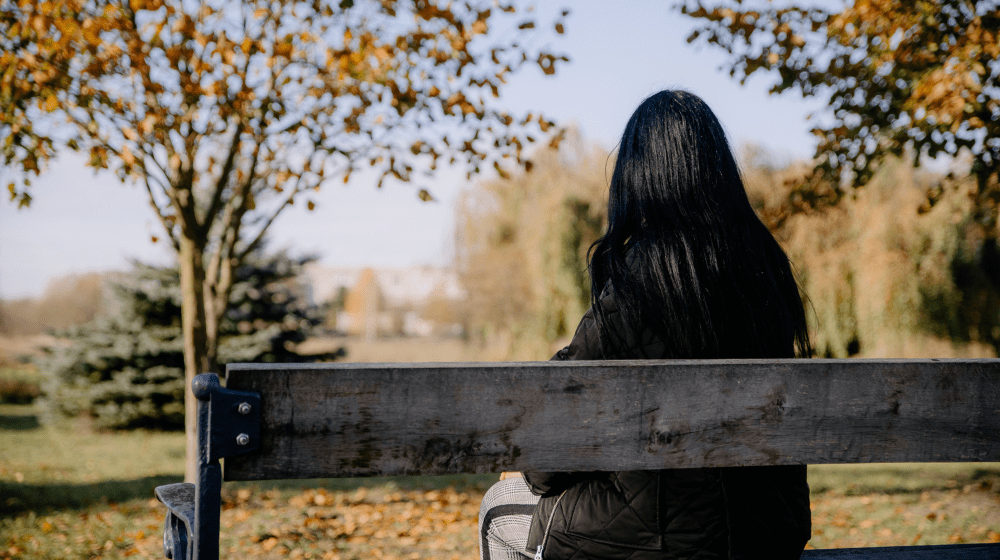Digital violence takes on many nefarious forms: non-consensual sharing of intimate images, cyberstalking, online trafficking, sexual harassment and exploitation, hate speech and doxxing (unauthorized publishing of personal information such as addresses and telephone numbers).
Yet there are those who think because this is happening on a screen, it’s somehow not real. But even if this borderless, unrelenting violence is perpetrated in cyberspace, the trauma is all too real. Survivors feel fear, panic, anxiety, depression and suicidal thoughts. It negatively affects their relationships, studies, work and social lives. They may retreat or withdraw completely from the Internet and social media, cutting themselves off from community, education, entertainment and economic opportunities. Sometimes, digital violence moves offline so that women and girls feel their physical safety is threatened. Marginalized groups such as women of colour and LGBTQIA+ people are especially vulnerable.
When it comes to gender-based violence, there is no distinction between online and offline spaces – it is a fundamental human right of women and girls to feel safe and live free of violence in all spaces. Digital violence and abuse is violence and abuse. And it must end.



